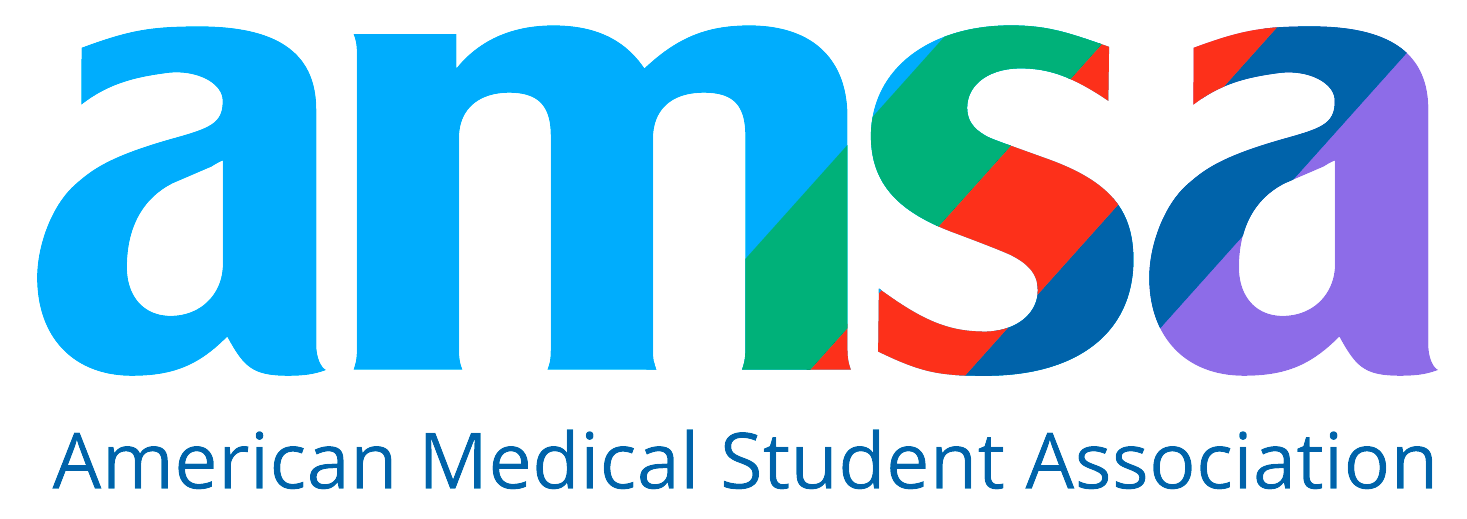What's the Ideal Number of Medical Schools to Apply to?
Go-Elective Abroad
What's the Ideal Number of Medical Schools to Apply to?
Deciding how many medical schools to apply to is a crucial—and sometimes confusing—part of the medical school application process. With fierce competition and rigorous admission standards, strategically choosing the right number and types of schools can greatly increase your chances of acceptance.
In this guide, we'll explore how many medical schools you should apply to, which factors to consider, and how to select schools strategically to maximize your chances of admission in 2025.
How Competitive is Medical School Admission?
The Association of American Medical Colleges (AAMC) reports that only around 41% of applicants are accepted into medical school annually, highlighting the intense competition. Given these statistics, applying to the right number of schools is critical.
Factors to Consider When Choosing Medical Schools
Before determining how many schools to apply to, carefully assess these factors:
- Your GPA and MCAT scores
- Clinical and research experiences
- Geographic preferences
- Medical school type (MD vs. DO)
- Financial considerations
- In-state vs. out-of-state admissions rates
Understanding Types of Medical Schools (MD vs. DO)
Two primary medical degrees exist in the U.S.:
- MD (Doctor of Medicine): Most popular (80% of medical students); highly recognized globally.
- DO (Doctor of Osteopathic Medicine): Offered by approximately 40 accredited schools; emphasizes holistic treatment and osteopathic manipulative treatment (OMT).
Both MD and DO physicians are fully licensed and similarly respected, though MD programs typically have slightly higher competition due to their larger applicant pools.
How Many Medical Schools Should You Apply to?
Recommended Number:
- Apply to 15-25 medical schools for an optimal balance.
- AAMC notes most applicants submit around 16 applications.
General Guidelines:
- If your GPA and MCAT scores are significantly above average, 10-15 schools may suffice.
- If your academic credentials are average, apply to 15-25 schools.
- If your GPA or MCAT is below average, consider applying to 25-30 schools.
Creating a Strategic List of Medical Schools
Divide your applications into three categories:
- Reach Schools (25-30%): Your stats are slightly below their average accepted students.
- Target Schools (50-60%): Your stats match closely with their averages.
- Safety Schools (15-25%): Your stats exceed their average accepted students significantly.
Key Factors Affecting Acceptance Odds
GPA and MCAT Scores
Admissions heavily weigh your academic credentials:
- GPA: Overall and Science GPAs (Biology, Chemistry, Physics, Mathematics).
- MCAT: Median accepted score typically above 510 at most MD programs; slightly lower for DO programs.
Extracurricular Experiences
Medical schools look beyond numbers:
- Clinical Exposure: Shadowing doctors, volunteering at hospitals, or direct patient interaction.
(Go Elective offers medical internships abroad providing valuable clinical experience in Kenya and Tanzania—perfect for strengthening your application.) - Research: Participating in labs, publications, or research presentations.
- Community Service: Demonstrates your commitment to helping others.
Personal Competencies
AAMC emphasizes the following core competencies:
- Service orientation, cultural competence, reliability
- Critical thinking, quantitative reasoning
- Scientific inquiry and communication skills
Demonstrating these competencies makes your application stand out significantly.
Geographic Preferences and Residency
Applying to in-state medical schools significantly boosts acceptance odds, as most public institutions prioritize local applicants.
- For example, schools like the University of Texas system prioritize Texas residents.
- Avoid applying exclusively to highly competitive states (e.g., California, New York) unless your stats are exceptional.
Tuition Costs & Financial Aid
Consider tuition differences carefully. Public in-state tuition is typically more affordable. For example:
- UCLA: $42,266 (in-state) vs. $54,511 (out-of-state).
- USC: Flat fee of $64,538 regardless of residency.
Weigh these costs against your budget and scholarship opportunities.
Crafting a Strong Medical School Application
Your application includes three primary phases:
Primary Applications (AMCAS/AACOMAS/TMDSAS)
- Centralized applications including personal statement, GPA, MCAT, extracurricular activities, and letters of recommendation.
- Apply early (applications open in May/June).
Secondary Applications
- Additional school-specific essays focusing on topics like diversity, adversity, and career motivations.
- Submit within two weeks of receiving prompts to maximize your chances.
Interviews
- Traditional interviews: personal background, motivations, strengths.
- Multiple Mini Interviews (MMI): scenario-based evaluations of ethical decision-making and teamwork.
Practicing interview skills is crucial for success.
Selecting Schools Using the WARS Method
WedgeDawg's Applicant Rating System (WARS) is a helpful tool to assess your competitiveness for various schools. It evaluates:
- GPA/MCAT scores
- Research experience
- Clinical and volunteer experiences
- Personal factors (e.g., underrepresented status)
This system helps create a balanced application list.
How to Check Application Status Effectively
Always confirm your application's receipt:
- Primary Applications: Check AMCAS/AACOMAS portals regularly.
- Secondary Applications: Confirm directly with schools via online portals or emails.
Dealing with Admissions Decisions
Admissions decisions include:
- Acceptance: Congratulations!
- Rejection: Consider improving your application and reapplying next cycle.
- Waitlisting: Send letters of continued interest if permitted.
Deciding Between Multiple Acceptances
If fortunate to receive multiple offers, consider:
- Residency placement rates
- Licensing exam (USMLE) pass rates
- School accreditation (LCME for U.S. schools, WFME internationally)
- Support services, learning environment, and affordability
Financial Considerations
Medical education financing options include:
- Federal loans
- Scholarships and grants
- Military and veteran benefits
- Employment or work-study programs
Final Steps After Acceptance
Once you've chosen your school, respond promptly:
- Confirm acceptance and deposit your seat.
- Withdraw from schools you no longer consider.
- Complete prerequisite coursework or conditions specified by your school.
Key Takeaways: How Many Medical Schools Should You Apply To?
- Applying strategically to 15-25 carefully chosen schools balances acceptance odds and application quality.
- Prioritize schools aligning with your academic profile, location preferences, and budget.
- Utilize resources like Go Elective internships to strengthen your clinical experience and demonstrate commitment to medicine.
Boost Your Medical School Application with Go Elective Internships Abroad
Go Elective provides exceptional medical internships and shadowing programs in East Africa, enhancing your clinical exposure, cultural competence, and overall application profile.
- Clinical Shadowing & Volunteering: Gain firsthand hospital experience in diverse settings.
- Global Health Exposure: Demonstrate a unique commitment to global healthcare.
- Mentorship & Networking: Build meaningful professional connections.
Learn more about our clinical internship opportunities here.
By following this comprehensive guide, you'll confidently determine how many medical schools to apply to, strategically select them, and maximize your chances of successful admission into medical school.
Article Details
Categories
Recent Articles , Pre-health, Medical Electives,
Author: Go-Elective Abroad
Date Published: May 13, 2025
Travel with us.
Inquire Today!
Go Elective offers immersive opportunities for medical students, pre-med undergraduates, residents, nursing practitioners, and PAs to gain guided invaluable experience in busy hospitals abroad. Discover the power of study, travel, and impact.






